











 |
Dreadlocks
Dreadlocks are perhaps one of the most distinctive
outward characteristics of many Rastafarians. However, it
is vital to realise that not all Rastas wear
their hair in dreads, and equally, not
all people who do wear dreadlocks are Rastafarians.

Dreadlocks usually have a rough, woollen appearance,
where the hair is allowed to grow into long and matted
'ropes'. This comes more naturally to Black African hair,
though the style has been increasingly adopted by White
Caucasians, often very successfully.
Rastafarians will typically give many and varied
explanations of the reasoning behind the practice of
locking their hair. Often it is at least partly a
statement of rebellion against any society that is seen
as oppressive. This became poignantly clear in the early
years of the movement, when Rastas would sometimes be
taken captive by the suspicious authorities and their
locks shaved. See for example the song 'Dreadlocks In Moonlight' by Lee 'Scatch' Perry.
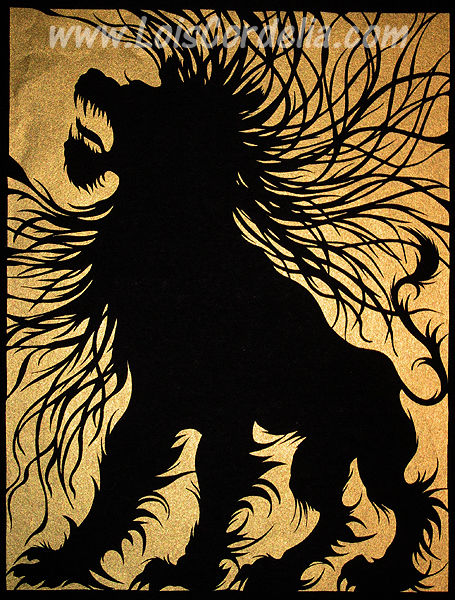
In more subtle and spiritual terms, dreadlocks can be a
strikingly dramatic representation of the mane of the Conquering Lion of Judah, or the wool of the Lamb
that was slain or of the Sheep of the
Pasture, or they may be a sign of respect and reverence
for one's African ancestors, who may have worn their hair
in similar fashion. Often, dreadlocks are also worn in
obedience to the Nazirite Vow.
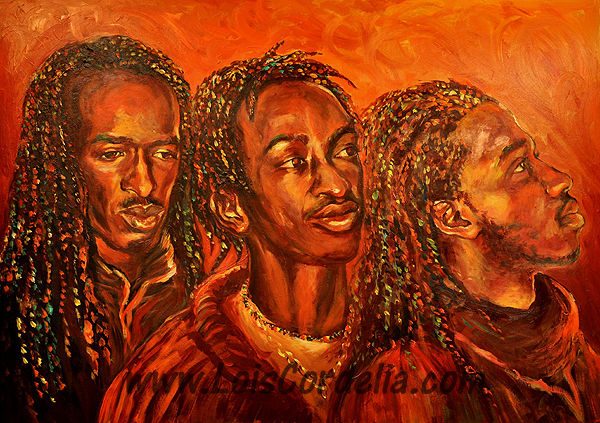
Today, dreadlocks have become a popular fashion
statement, especially among rebellious youths
who tend to have little interest in spirituality and may
cause trouble and strife in society; regretably, this
often gives Rastafari a bad image, since the general
public may mistakenly assume that all who wear dreads are
Rastas.
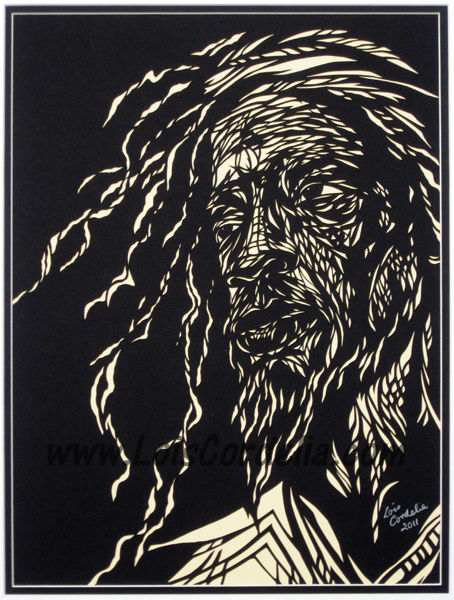
Not all Rastafarians feel the need to grow their hair in
locks. The Twelve Tribes in particular emphasise that
dreadlocks are merely an outward sign of an inner
commitment to the Rastafari livity, and are therefore not essential. The
reggae group Morgan Heritage famously sang,
"You don't haffi dread to be Rasta;
This is not a dreadlocks thing."
Even within the cultural and spiritual
spheres, dreadlocks are by no means an exclusively
Rastafarian phenomenon. Since time immemorial, Hindu sannyasis
(ascetics who renounce the world in order to strive for
spiritual perfection) have often worn their hair in
matted locks. However, in this case, the significance of
the locks is to distinguish, rather than rebel against,
accepted norms. In pre-Islamic Arabia, the nomadic poet
al-Shanfara wrote:
"I have set my face towards the heat of
the day, with no protection, and no covering, except my
tattered cloak, and a shock of hair. When the wind blows
on it, tufts are sent flying from its uncombed edges. It
has long since forgotten the touch of oil and delousing.
It is a matted tangle, unwashed for a whole year."
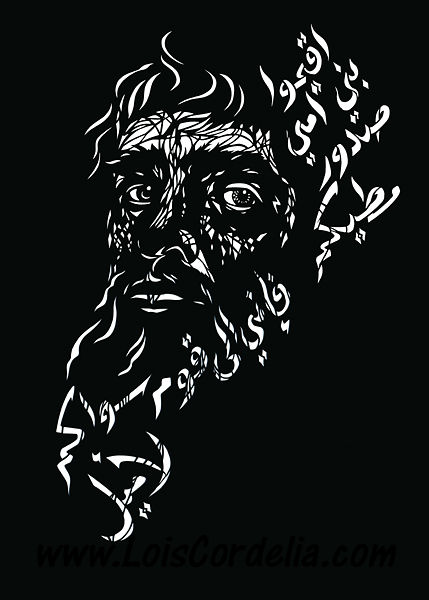
According to various spiritual masters, the hair
itself represents a kind of spiritual radar, or a raying
into us of solar energy. Although today this 'radar'
effect of the human hair is minimal, some spiritual
seekers deliberately grow their hair long to be able to
pick up subtle energies.
Back to 'Key Biblical Concepts
In Rasta Reggae Lyrics' page
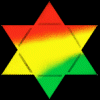
|

